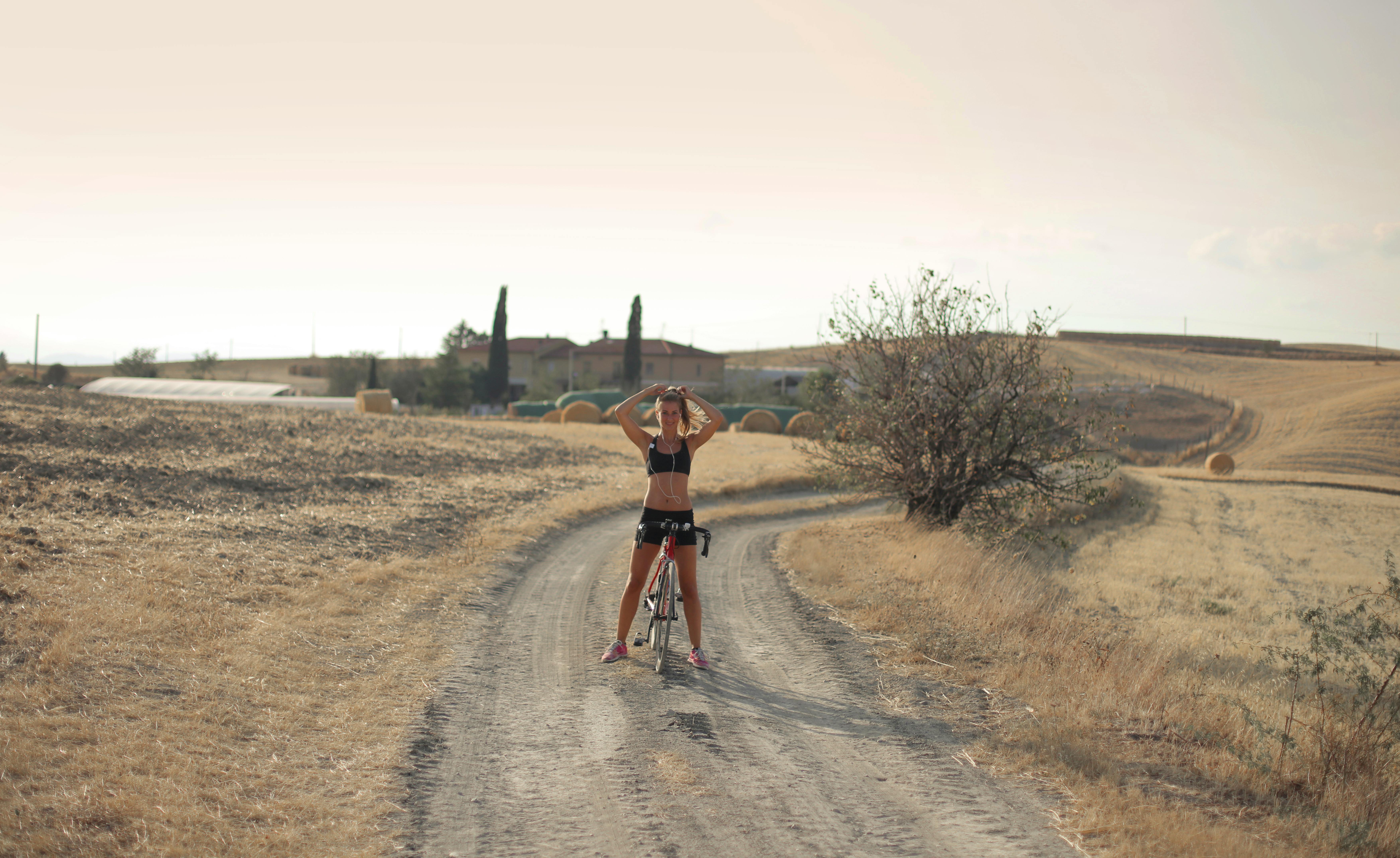Of all the maneuvers a Captain performs, perhaps the most useful and often repeated is moving his twin screw boat sideways. And one of the greatest satisfactions comes when a viewer makes a comment on the bow or stern thrusters only to discover that the boat that slid sideways so gracefully has no thruster at all. Most twin-screw boats are capable of performing this maneuver at least to some extent. The following is a simple technique that you can use to master this professional-looking procedure.
First visualization: When you turn the rudder to port with forward power, you are actually telling the stern to move to starboard, as the propeller water actually flows against the rudder and pushes it and the boats aft in that direction . Turning the rudder to starboard with forward power moves the stern to port. Now, imagine that someone is standing behind you with their hands in the two back pockets of your jeans and you lean forward a bit. If they move your butt to the right while being pushed forward, the effect is that you turn to the left. Move the rear part to the left and turn to the right.
Simple, this is how it drives when moving forward. Note; You can steer a twin screw boat with a single engine, if you want to go to port, activate just the starboard propeller, turn the rudder to port and the stern will move to starboard relatively quickly. To turn to starboard, turn the rudder to starboard (the rudder actually turns to port), engage the port propeller and the stern will move to port. Simple, but it is important that you understand this principle, especially the higher degree of rudder you apply, the more dramatic the movement of the stern will be. Conclusion: the rudder turns the stern in the opposite direction to the direction the rudder is turned.
Second visualization: once again someone has their hands in their back pockets and you are slightly bent over. Now imagine that each of your hands is actually a propeller. If you push your right cheek, (starboard thrust forward), and pull your left cheek, (port to stern thrust), swing your head, (bow) to the left. This is known as crossover transmissions, one forward and one backward. Bottom Line: Cross transmissions turn the bow to the reverse side.
Now remember, the rudders are behind the struts and the boat’s stern sway is the result of the water pushing against the rudder when the struts are engaged forward. When reversing, the rudders have little effect on the stern, unless sufficient aft clearance is developed to push the rudders. SO:
The person behind you pushes your right cheek (starboard forward), pulls your left cheek (port back), while swinging your butt to the right (rudder to port). Result: a very dramatic turn towards the Port. This maneuver, along with judicious throttling of each engine, can result in the boat turning its own length. The port propeller is pulling the bow to port, the starboard propeller is pushing the bow to port and the water from the starboard propeller hitting the starboard rudder is pushing the stern to starboard causing the boat to turn very tight to port , the port rudder has very little if there is any effect because there is not enough stern developed due to the starboard forward propulsion.
Turn the rudder to starboard, now the starboard propeller washes against your rudder pushing the stern to the port side, while the combination of port back and starboard forward pushes and pulls the bow to the port side. Result: the whole ship moves from side to port.
Reverse starboard, advance port and turn the helm to port, the ship moves to starboard.
The person who has his hands in his pocket can simulate this maneuver in a very graphic way.
Summary: Reverse the side you want to walk to, move to the other side, and turn the tiller to the side in forward gear. Fine-tune the maneuver by adjusting the throttles and the degree of rudder.
Now practice. It is recommended that you take your boat to open water and set the bow and stern points of your boat as a reference point, and practice over and over again until you find the “sweet spot” for your boat. Maybe you will find a buoy or some other floating object to practice nearby so you can develop your skill. Remember that all boats vary somewhat depending on the depth of the hull, keel or if the struts are partially encased in tunnels. Most boats will require slight adjustments to the above procedure. Start with idle propulsion and practice, practice, and practice. Before you know it, you’ll be walking like a pro. Meanwhile, your friends at the marina will ask, “Where are your thrusters?”
